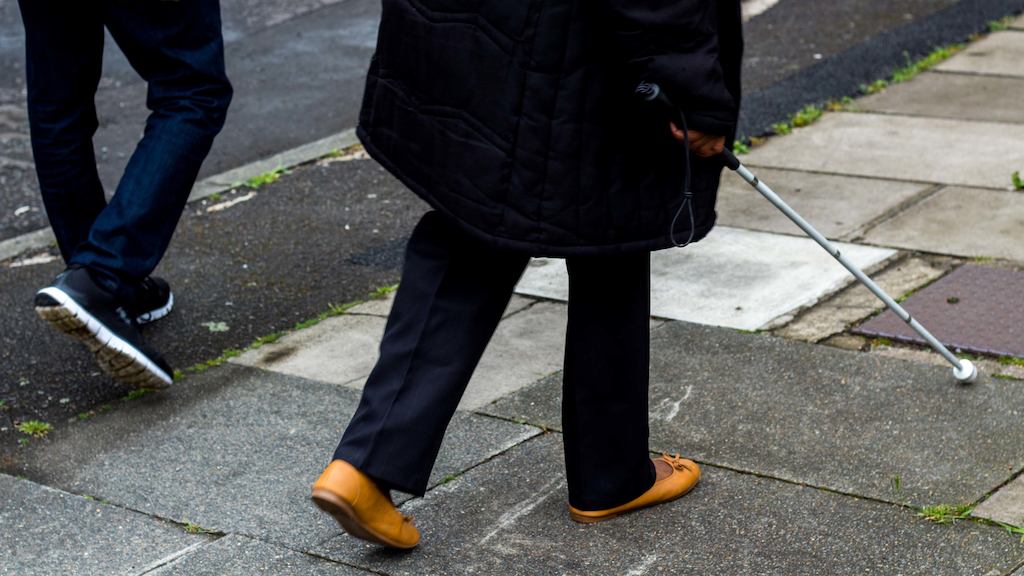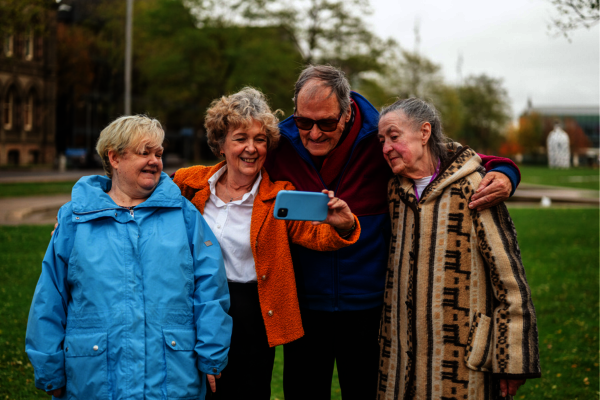Breda in the Netherlands was earlier this year hailed as Europe’s most accessible city, after making all its buses and bus stops accessible to wheelchair users and training all bus drivers to meet the needs of passengers with disabilities. Breda also checked more than 800 shops and bars for physical accessibility, with many now providing full wheelchair access. Karel Dollekens, a civil servant working on accessibility in the city, told the Guardian “People aren’t disabled. The environment they live in is.”
This is something we know well in Chester, having become the first UK city to win the European Access City Award in 2017. Accessibility in Chester has been a long-term approach, and the award recognised the dedication and commitment to making improvements so that the city can be enjoyed by as many people as possible regardless of age, mobility or ability.
Chester is a city steeped in history, famous for its Roman heritage, 700 year old medieval ‘Rows’ (elevated walkways on the main shopping streets), Eastgate Clock, Racecourse and distinctive black and white buildings. The historic nature of the city has needed careful thought and consideration to make it more accessible but we know that improving accessibility is good for everyone; young families with pushchairs and any of us who may find mobility difficult. It also makes our towns, cities and villages more welcoming and better places to live, work and visit.
Chester is perhaps most famous for its City Walls, the most complete circuit of Roman, Saxon, and Medieval walls in the UK. As a nationally important archaeological site, accessibility had to be approached with great care and sensitivity but over many years changes have been made to make the 3km circuit more accessible. Wheelchair users are now able to access the walls and information panels around the city and the City Centre Access Guide shows where the access points are. Where options are more limited for heritage reasons, other improvements have been made such as additional handrails.
For those visiting Chester for the first time, online information from AccessAble can make planning ahead easier and the city’s Shopmobility scheme can help with getting around. Wheelchairs and mobility scooters can be hired and Ability Angels can provide some friendly company and help with shopping. There is also plenty of Blue Badge parking in the local car park.
All of the city’s public transport buses are accessible by wheelchair and a Dial-a-Ride scheme uses wheelchair accessible vehicles to provide door-to-door transport for those who need it. All the buses serving the Park and Ride facility into the city are also accessible. Council policy also requires all of its licensed ‘hackney’ taxis to be wheelchair accessible and have other accessibility features such as hearing loops and colour-contrasted grab handles.


